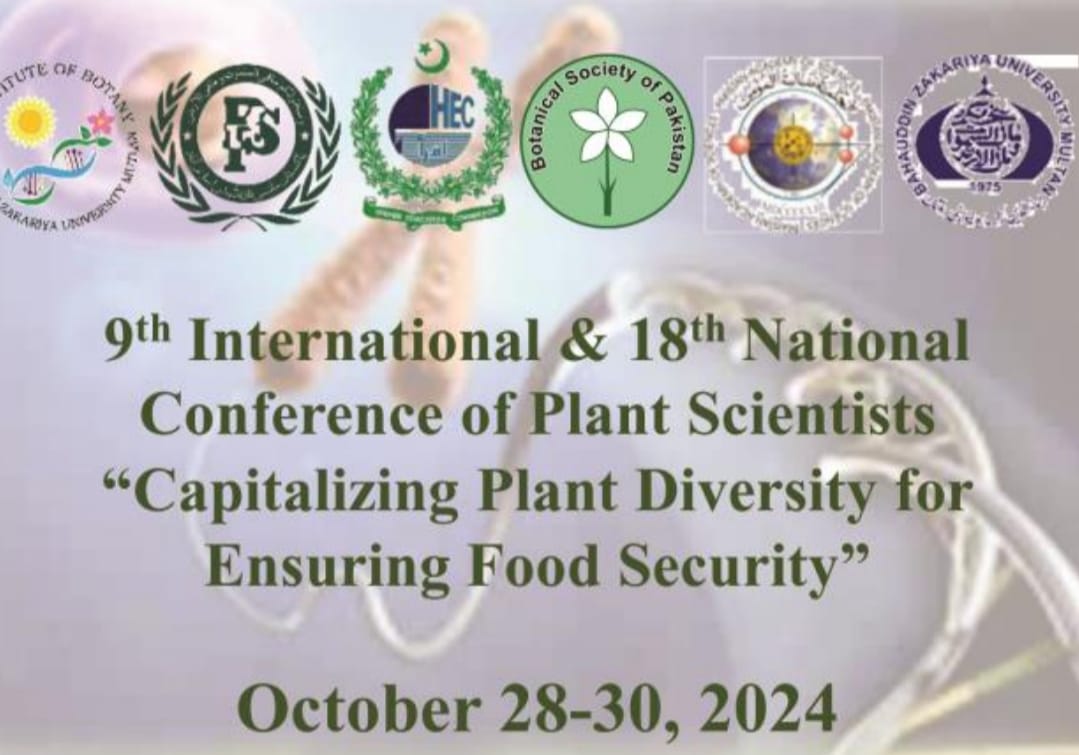
PJB-2021-773
Identification of varieties and biomarkers analyses on essential oils from peels of Citrus L. collected in Pakistan
Anwar Ul Haq and Jian Wang
Abstract
Five kinds of Citrus L. were collected from Sheringal, Dir Upper, Khyber Pakhtunkhwa (KPK), Pakistan, and their fruits, branches, and leaves were used to identify their correct nomenclature. In addition, the dried peels were gotten from fruits of C. reticulata var. Kinnow purchased from the bazaar of Sheringal. The essential oils (EOs) were extracted from their peels by hydrodistillation or cold-pressing, and then were detected by GC-MS, respectively. As a result, 2 kinds were both identified as C. karna Raf. (Khatta), 1 kind was deduced as C. jambhiri Lush. (Rough lemon), the other 2 kinds should belong to the varieties of C. medica (citron), C. limon (lemon), or C. aurantifolia (lime), but still needs to be confirmed further. In total, 36 major components were qualified and quantified in 8 prepared samples, accounting from 59.9-99.5%. Thirteen compounds such as limonene (22.8-97.6%), β-pinene (0-2.5%), β-myrcene (0-1.2%), terpinen-4-ol (0-2.1%), α-bergamotene (0-1.4%), β-bisabolene (0-1.6%), E-nerolidol (0-5.3%), γ-eudesmol (0-0.6%), α-cadinol (0-1.3%), nootkatone (0-14.1%), n-hexadecanoic acid (0-8.5%), tricosane (0-0.8%), and squalene (0-0.6%) are prominent. The other important biomarkers in peels EOs of Citrus such as γ-terpinene (0-0.2%) and linalool (0-0.5%) were relatively less. α-bergamotene and β-bisabolene are two important biomarkers for discriminating citron, lemon, and lime from the other species of Citrus. To the best of authors’ knowledge, there is no report on the detection of nine chemicals including β-pinene, terpinen-4-ol, α-bergamotene, δ-elemene, E-nerolidol, γ-eudesmol, α-cadinol, tricosane, and squalene from peels EOs of Citrus produced in Pakistan previously
To Cite this article: Haq, A.U. and J. Wang. 2023. Identification of varieties and biomarkers analyses on essential oils from peels of Citrus L. collected in Pakistan. Pak. J. Bot., 55(4): DOI: http://dx.doi.org/10.30848/PJB2023-4(8)
Download PDF


